- News
- Reviews
- Bikes
- Accessories
- Accessories - misc
- Computer mounts
- Bags
- Bar ends
- Bike bags & cases
- Bottle cages
- Bottles
- Cameras
- Car racks
- Child seats
- Computers
- Glasses
- GPS units
- Helmets
- Lights - front
- Lights - rear
- Lights - sets
- Locks
- Mirrors
- Mudguards
- Racks
- Pumps & CO2 inflators
- Puncture kits
- Reflectives
- Smart watches
- Stands and racks
- Trailers
- Clothing
- Components
- Bar tape & grips
- Bottom brackets
- Brake & gear cables
- Brake & STI levers
- Brake pads & spares
- Brakes
- Cassettes & freewheels
- Chains
- Chainsets & chainrings
- Derailleurs - front
- Derailleurs - rear
- Forks
- Gear levers & shifters
- Groupsets
- Handlebars & extensions
- Headsets
- Hubs
- Inner tubes
- Pedals
- Quick releases & skewers
- Saddles
- Seatposts
- Stems
- Wheels
- Tyres
- Health, fitness and nutrition
- Tools and workshop
- Miscellaneous
- Buyers Guides
- Features
- Forum
- Recommends
- Podcast
TECH NEWS
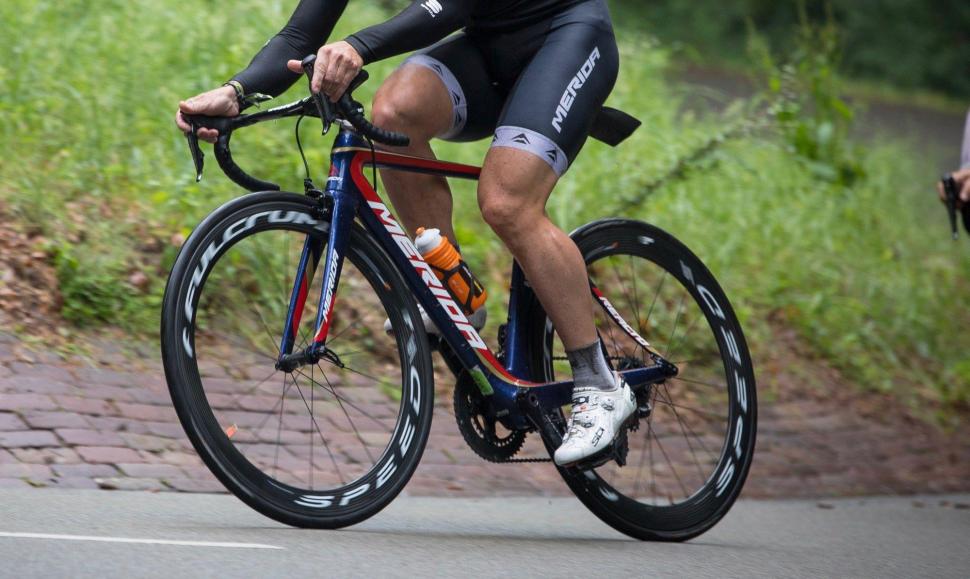 Merida Reacto 2018 - 1.jpg
Merida Reacto 2018 - 1.jpgFirst Ride: Merida's updated Reacto
The updated Merida Reacto is an aero road bike that’s lighter than before and very comfortable. It really is one of the stars of its genre.
The new version of the Reacto (it’s the Reacto III) was officially unveiled just before the start of the Tour de France and it has since then been ridden in the world’s biggest bike race by members of the Bahrain-Merida Pro Cycling Team.
Merida took me out to the launch in the Netherlands and I spent a couple of hours on the rim brake version of the new bike (it’s available with disc brakes too). It rained – hard – for most of the ride (no, no need for sympathy; thanks all the same), but I got a decent first taste of what the Reacto has to offer.
Go to our story on the launch for more technical details on the new Merida Reacto.
I know the previous generation Merida Reacto well having spent a few weeks reviewing the 5000 model last year. Although often overlooked in favour of models from more established road brands, that bike was fast and agile with a surprising amount of comfort.
The new Reacto picks up where that model left off. Merida says it is more aerodynamically efficient than the previous version by about eight watts at 45km/h (28mph). That equates to around 5%. I don't know how much time you spend at that speed on an average ride but that’s the claim.
Merida says that it has made this improvement by slimming down the tube profiles, lowering the junction between the seatstays and the seat tube, and running those seatstays closer to the rear wheel, kinking out to the dropouts very late. It has also added a one-piece cockpit (combined handlebar and stem) in the shape of the FSA Metron 5D. The head tube and top tube are designed to work with this component.
Does the new Merida Reacto feel more aerodynamically efficient than the previous one? No, of course not. You need a wind tunnel to make that sort of judgement. You can decide for yourself whether you’re convinced by Merida’s claims.
What I can tell you is that the Reacto responds quickly to rider input, as a race bike should, and it bowls along beautifully. It’s lighter than previously, and that always helps. Merida says that the weight of the Reacto frame (CF4, rim brake version) is 1,010g while the weight of the frame, fork, seatpost, seatpost clamp and headset has come down from 2,046g to 1,695.5g. To save you doing the maths, that’s 350.5g – a hefty chunk! Of course, it’s not a massive amount when you take into account the complete weight of bike and rider that you’re shifting up the road, but it all counts.
The geometry is speed-focused too. I was on the CF4 version of the frame that’s built to an aggressive geometry (the CF2 model is still race-orientated, it’s just a little more relaxed).
The large sized frame that I was riding had a 172mm head tube (compared to 184mm on the old Reacto). The stack height is 571 (down from 578mm) and the reach is 400mm (up from 398mm). The result is that you can get yourself into a slightly more low and stretched riding position than on the previous generation Reacto. The bike I rode was fitted with a humungous stack of headset spacers (the CF4 version of the Reacto comes with ones that integrate with FSA’s Metron 5D cockpit) some of which I’d remove if it was my own, but I still found myself in a reasonably flat-backed riding position when down on the drops with bent arms.
The Reacto doesn’t boast the same level of frame stiffness as Merida’s Scultura but it doesn’t lag too far behind. There’s a little less rigidity at the bottom bracket when you get out of the saddle and sprint up a short climb but you need to trade that off against the superior aerodynamics. In the vast majority of cases, the Reacto will come out on top.
Read our review of the Merida Scultura 6000 here.
One key element of the Reacto’s ride that’s easy to overlook is the comfort. The previous Reacto was noticeably more comfortable than many other aero bikes out there and the new version feels a touch more comfortable again.
Merida has redesigning the Reacto’s seatstays and its S-Flex seatpost now has a slimmer cross section and a larger ‘window’ – the carbon-fibre is moulded in such a way that the diameter is small just below the clamp in order to allow more downward movement (you can call it vertical compliance if you like!). The gap this leaves is filled with a silicon rubber insert.
Don’t make the mistake of thinking the S-Flex seatpost is a marketing gimmick. That would be my initial instinct but the Reacto is comfortable, especially for an aero road bike with clearance for tyres no wider than 25mm. Some aero road bikes leave you yearning for the increased comfort you can get with wider tyres but I didn’t feel that to be the case here.
A couple of hours isn’t long enough for a full review – we give a rider up to four weeks on a bike for that – and the conditions I rode in weren’t ideal for forming firm opinions on a new bike, but my initial feeling is that the Reacto, already a very good bike, has taken a significant step forward here. It’s a serious contender in the aero road bike market and the fact that it’s available in two different geometries and with either rim brakes or disc brakes can only add to its appeal.
Check out all the other bikes ridden in the Tour de France here.
Mat has been in cycling media since 1996, on titles including BikeRadar, Total Bike, Total Mountain Bike, What Mountain Bike and Mountain Biking UK, and he has been editor of 220 Triathlon and Cycling Plus. Mat has been road.cc technical editor for over a decade, testing bikes, fettling the latest kit, and trying out the most up-to-the-minute clothing. He has won his category in Ironman UK 70.3 and finished on the podium in both marathons he has run. Mat is a Cambridge graduate who did a post-grad in magazine journalism, and he is a winner of the Cycling Media Award for Specialist Online Writer. Now over 50, he's riding road and gravel bikes most days for fun and fitness rather than training for competitions.
Latest Comments
- stonojnr 21 min 39 sec ago
We're decades behind in the UK of being able to do this, Utrecht works because the Dutch prioritised safe cycling infra, which makes convenient...
- eburtthebike 25 min 44 sec ago
Motonormativity. You can't make things safe for pedestrians and cyclists if it inconveniences drivers, even by the tiniest amount: they're just...
- chrisonabike 27 min 38 sec ago
Nope. It's not "one or the other"....
- Andrewbanshee 30 min 20 sec ago
I experience this quite often when out running. I follow the guidelines, running towards traffic and keep hard right. I am very visible too but...
- mctrials23 44 min 20 sec ago
Not enough to warrant having the role exist at all would be my guess.
- Secret_squirrel 51 min 54 sec ago
Seems expensive for what it is. ...
- JMcL_Ireland 1 hour 18 min ago
Regarding fit, from my experience shoes seem to follow the same nonsense in sizing as a "race" cut clothing - I generally have to upsize one or two...
- brooksby 1 hour 37 min ago
Except you'll probably find that the factory selling it on Aliexpress are managing that low price by "borrowing" the original design without credit...
- brooksby 2 hours 57 min ago
Note as well how the council has felt that they need to put double yellow lines between the cycle lane and the main carriageway…
- stonojnr 3 hours 11 min ago
It can be 50/50 whether the articles are paywalled or not, even one that looks free can disappear, but you can switch between the EADT &...

































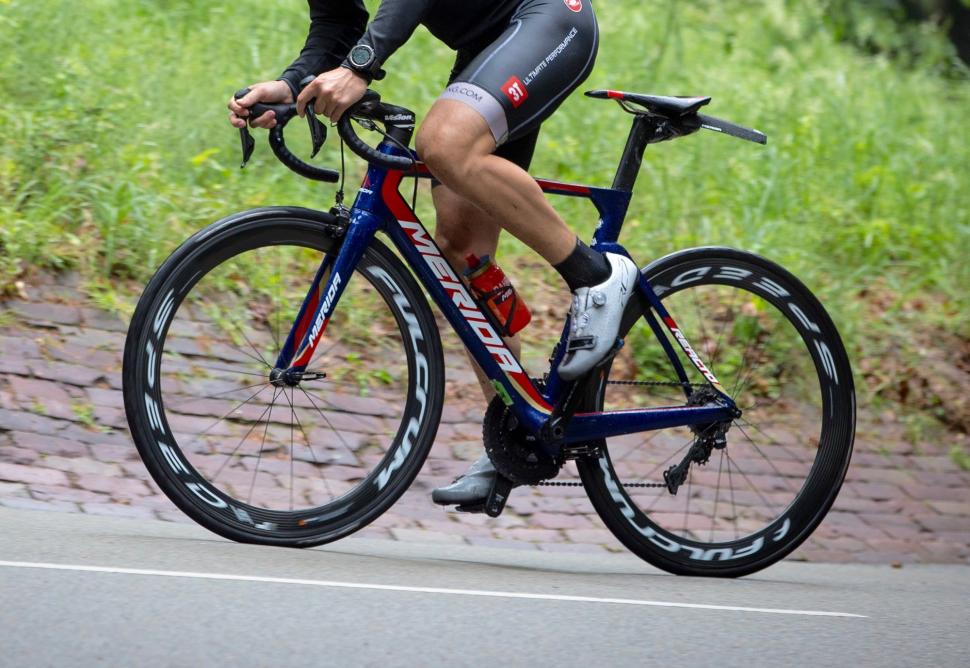
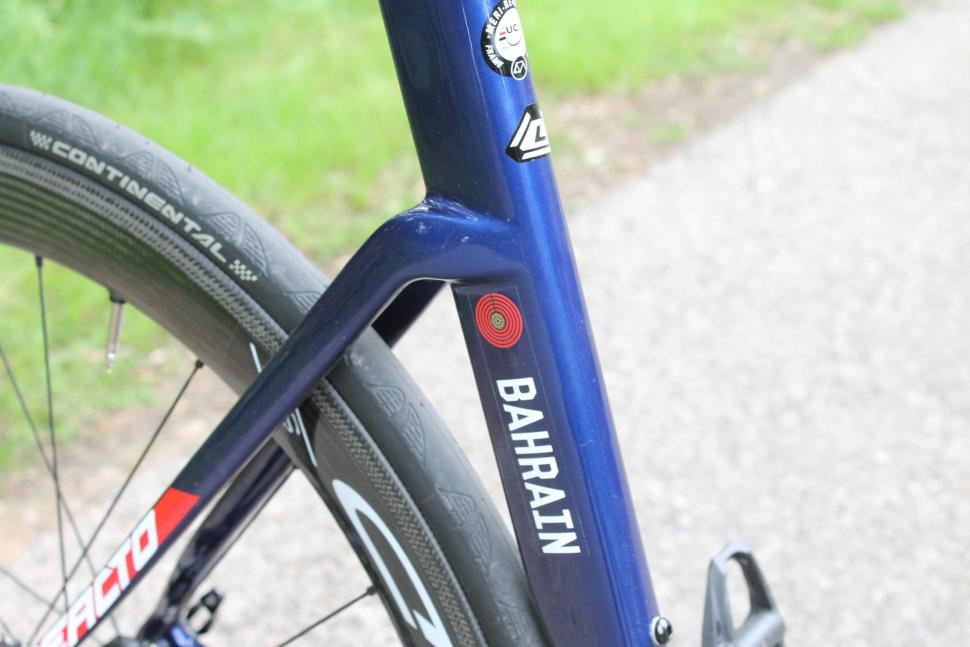
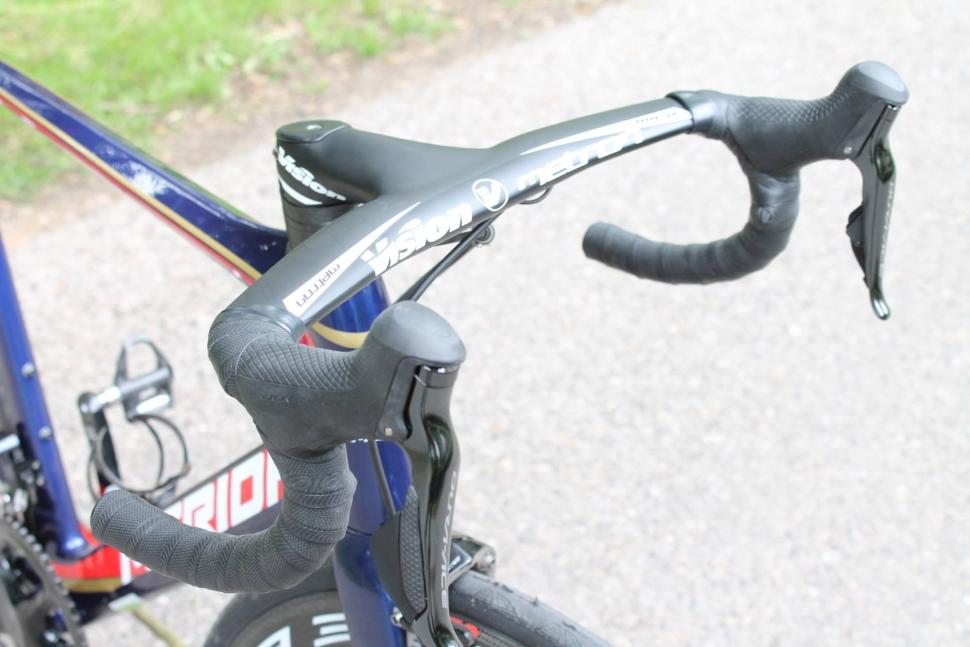
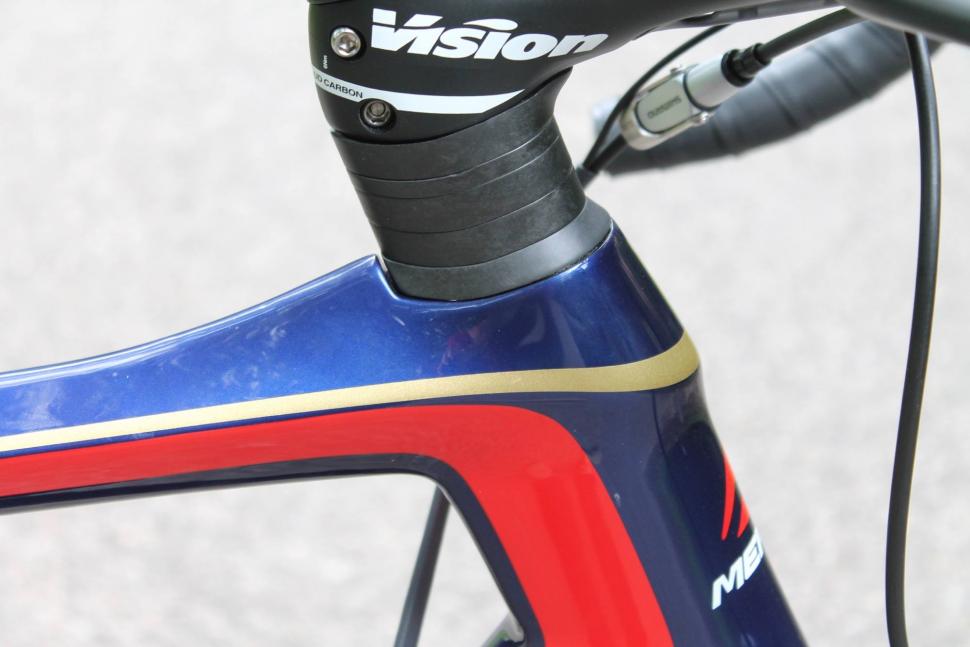
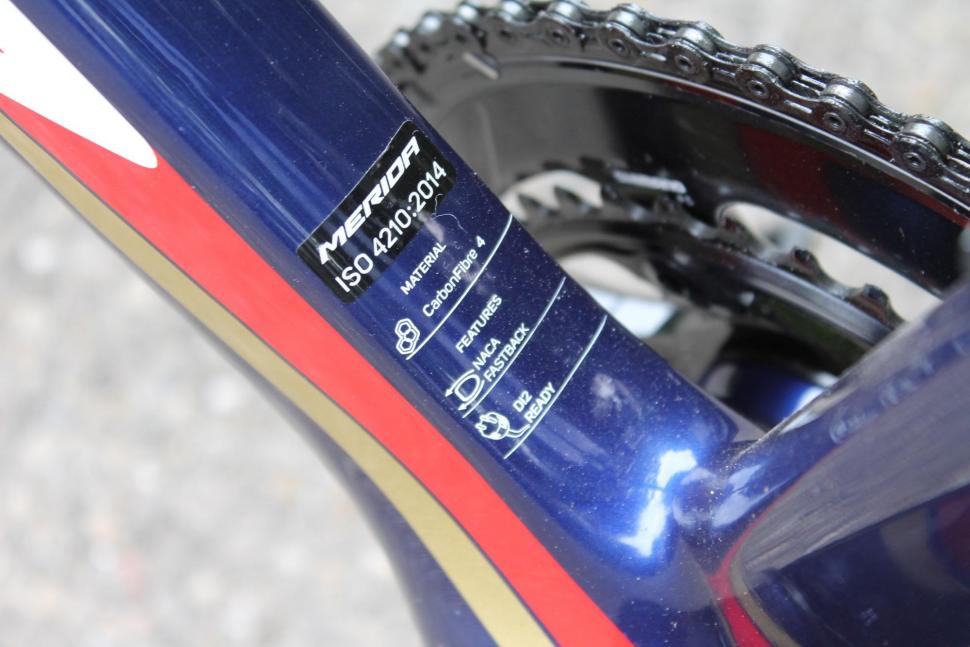
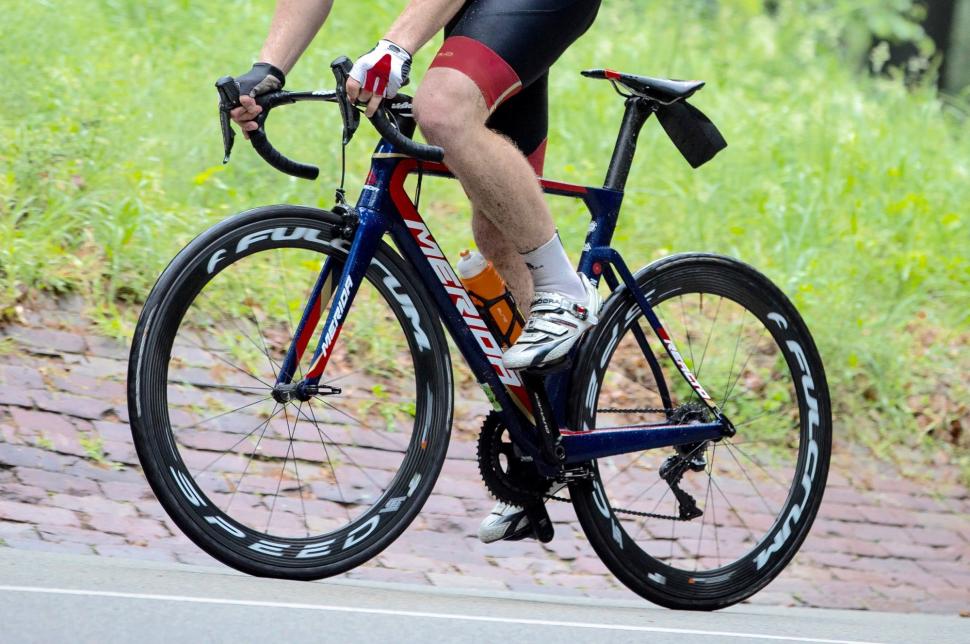
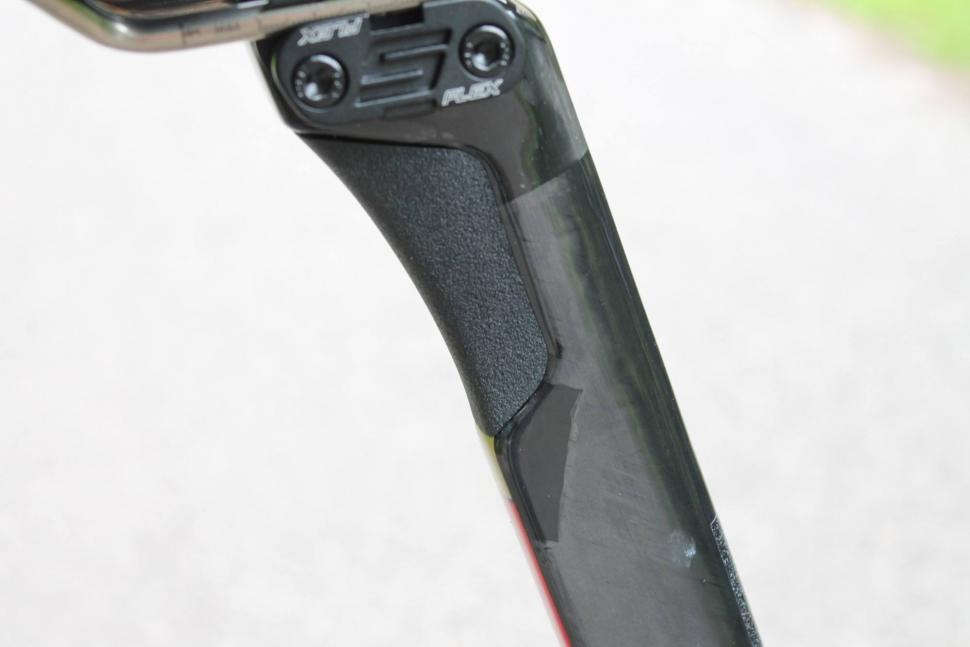

Add new comment
6 comments
I wish they'd stop putting stupid aero bars on things like this that you can't fit any real world stuff onto.
@craigr: agreed - comfort is very good for an aggressive bike. I've done quite a few fairly quick long, rolling rides on mine and it does handle it well.
I got the 2017 Dura Ace model and was surprised with the rear braking to be fair. Thought it would be poor, but after a good few spins i would say overall braking is better than the 105 braking i have on my Merida Ride. The Reacto is carbon rims and the Ride is aluminum. Not yet been caught out in rain with it, but am sure i might have different opinion after that happens.
Comfort is very good too, i have done a 108 mile ride not long after getting bike and very comfy indeed.
I like the black version of the new Reacto.
Nice. Any idea on pricing?
I hope that they've managed to get a bit more power and feel from the rear brake. The previous incarnation was horrendous. No feel, very little braking power in the dry, verging on non-existant when used in the wet. In the end the rear brake, or lack of it, was the deciding factor in selling mine on.
Yeah I've got a 5000 from that model and the rear brake is weak. The pads that came with it aren't great either: by the time I'd swapped the stock pads and alu-tracked wheels out, and some carbon 60mm rims and swissstop yellow pads in, the braking actually seemed to improve. I got a bit of modulation at least.
It's great at what I put it through: rolling TTs/tris that are technical or climbey enough for me to wuss out of using the tri bike for. But that rear brake is so puny I wouldn't want to do a proper descent on it.